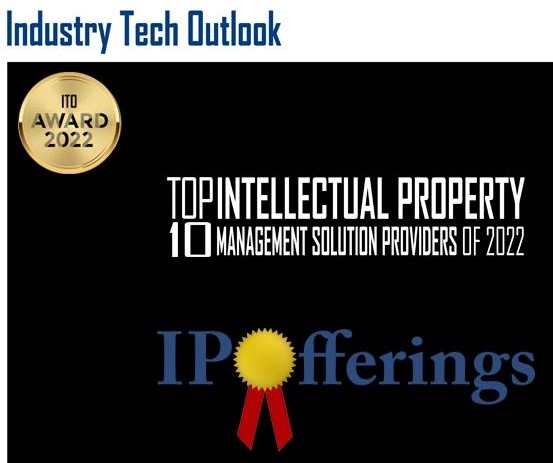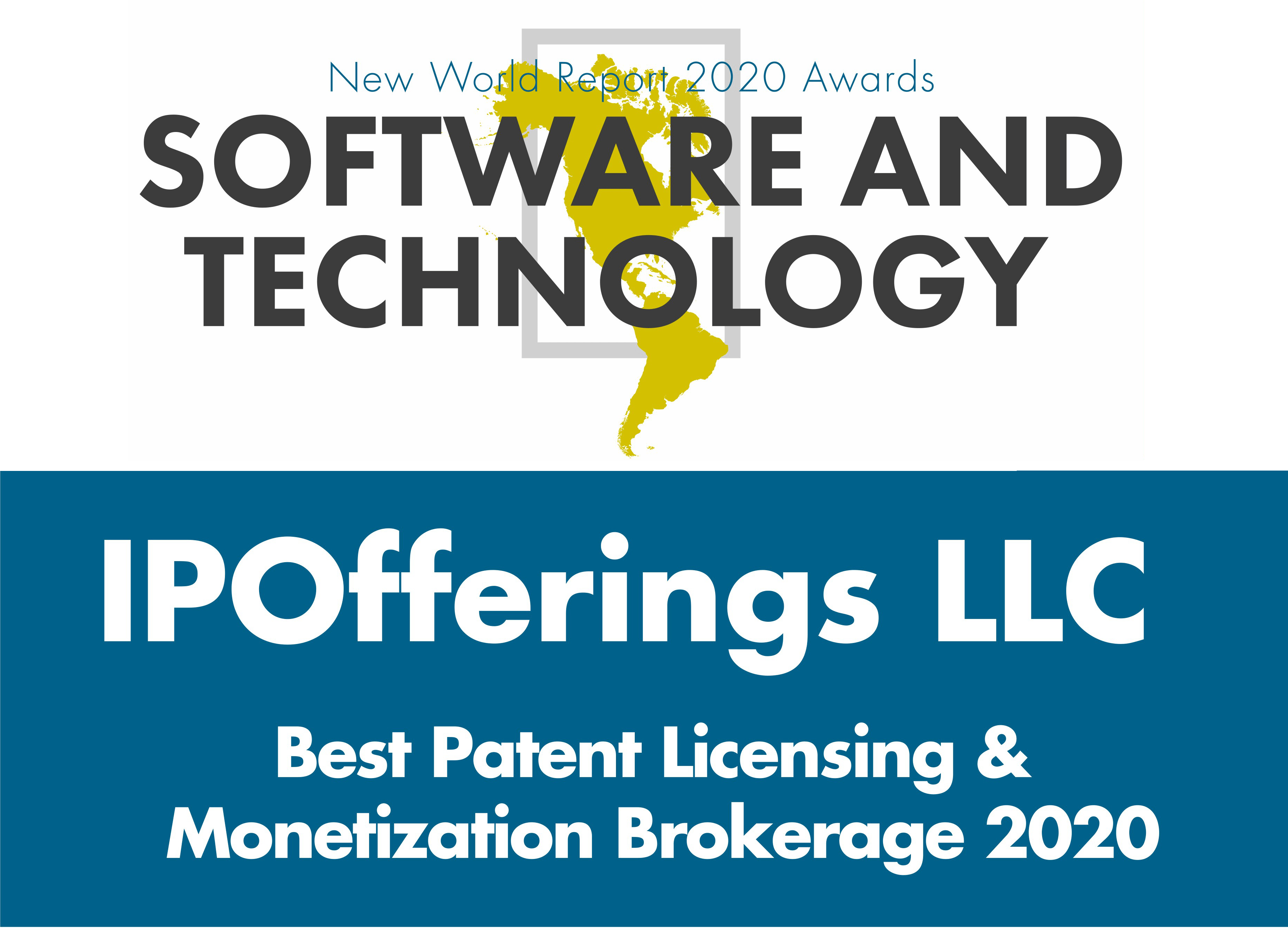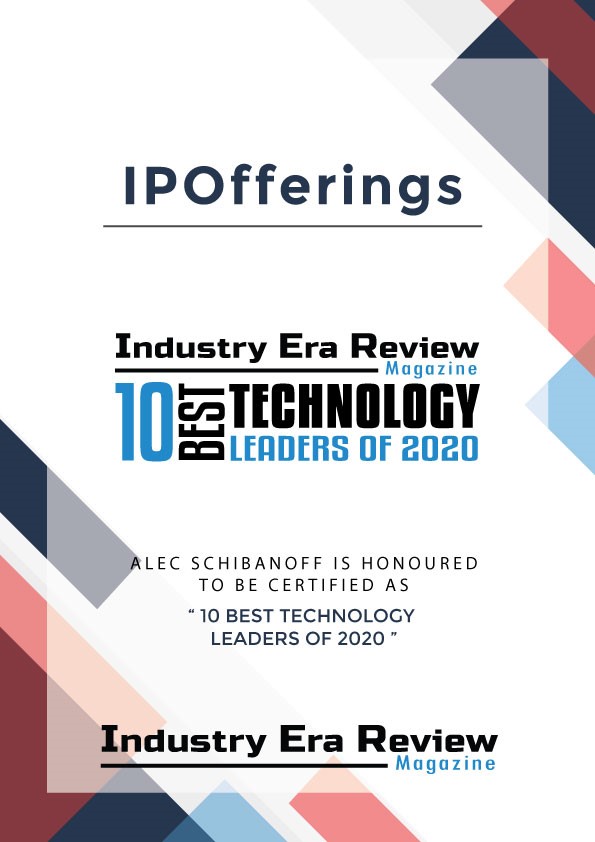Patent MarketPlace: PCs and Notebooks Patents for Sale
 Using Brainwaves to Log-In to PCs and SmartPhones (Korea University): U.S. Patent No. 12,204,624
Using Brainwaves to Log-In to PCs and SmartPhones (Korea University): U.S. Patent No. 12,204,624
Someday we will be able to show up for work, sit down at our workstation, and mentally log into our terminal. Well, “someday” is closer than you might think. Machines can read brainwave signals, and as a person is about to speak, his or her brain emits signals. A person’s brainwaves are as unique and different as his or her fingerprints. Maybe – just maybe – we can track a person’s brainwaves to the point that they can be used – as just one example – to log into a PC or smartphone!
This patent goes way beyond “maybe!” It creates an authentication method that is implemented through a communication connection between a brainwave measurement device that extracts and stores characteristic information of a first brainwave signal generated by the imagined speech of the first user based on preset imagined speech induction information provided to the first user by user authentication apparatus. It then determines if a second user matches the first user by extracting characteristic information of a second brainwave signal generated by an imagined speech from the second user. It bases preset imagined speech induction information provided to the second user by comparing the characteristic information of the first brainwave signal with the characteristic information of the second brainwave signal.
U.S. Patent No. 12,204,624 for “User authentication apparatus and method using brainwave signal according to imagined speech” will enable any manufacturer of computer and telecommunications systems to create a totally new methodology for logging in users at an exponentially higher level of security.
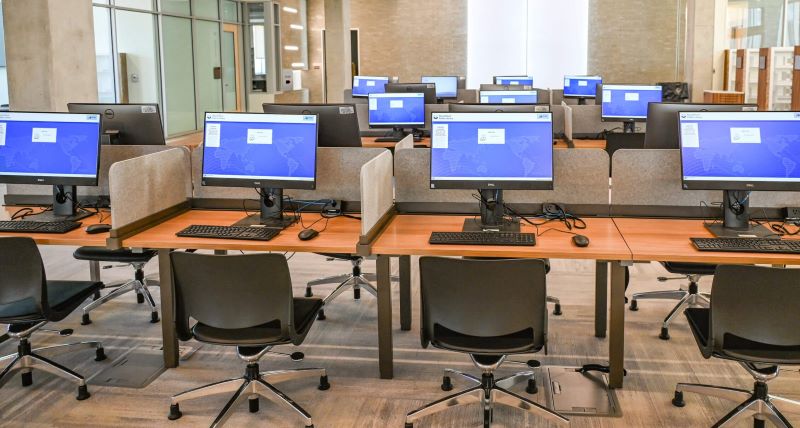 Securely Attachment of Computer Equipment (Gordon) U.S. Patent Nos. 9,151,083 and 9,617,758
Securely Attachment of Computer Equipment (Gordon) U.S. Patent Nos. 9,151,083 and 9,617,758
Computers are everywhere. We all know that. But sometimes computers, screens, terminals, printers, scanners, and other equipment need to be held in place securely for any number of reasons – from preventing their theft to avoiding them being accidentally knocked to the floor and damaged in a busy workplace. The reality is that computer equipment in schools, libraries, stores, airports, hotels, bus and train terminals, and other public locations need to be bolted down. And computer equipment in factories, warehouses, refineries, food and chemical plants, greenhouses and nurseries, and other bustling locations – including homes – need to be bolted down so they do not get knocked to the floor by a forklift truck, inattentive employee, or dog.
This patent family addresses exactly that need. It creates a device that consists of a collar, a mounting bracket that attaches to the desk, counter, or other mounting surface, and a connector that is interposed between the collar and the mounting bracket. The mounting bracket can be designed for rotation of the equipment – so, for example, different users can access it from different angles – as well as a telescoping construction for added versatility and access.
U.S. Patent No. 9,151,083 for an “Apparatus and setup for securing electronic equipment” and U.S. Patent No. 9,617,758 for an “Adjustable or swivelable setup for securing electronic equipment” will enable any office equipment or furniture manufacturer to offer its customer base a reliable and affordable technology for safely securing their business machines.
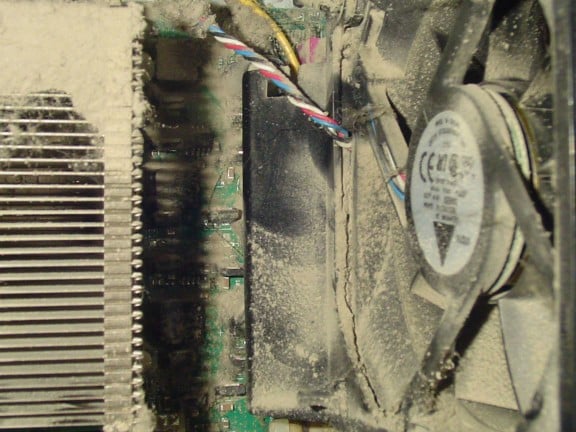 Advanced Cleaning of Electronic Equipment (Fitzpatrick): U.S. Patent No. 9,844,306
Advanced Cleaning of Electronic Equipment (Fitzpatrick): U.S. Patent No. 9,844,306
The biggest single enemy of electrical and electronic equipment is dust. Over time, dust settles on the surface of electronic components. In fact, dust is actually attracted to electronic devices. Most electronic equipment has a cooling fan that draws air – and the dust in the air – into the insides of the equipment. Dust is neutral – that is, it has neither a positive nor negative charge – causing the dust to drift toward the positive charge on the electronics and stick to them. Additionally, as dust is drawn into the device by the cooling fan, it has moisture from the outside air. The hotter air in the inside of the electronics equipment dries the dust, causing it to stick to the insides and not pass out of the unit with the exhaust air.
So – for multiple reasons – dust collects on the insides of electronic equipment from PCs and office equipment to electric tools and televisions. When enough dust builds up, it blocks the flow of air, and that can cause the device to overhead and fail. Not good. Every electronic device needs to have its insides “de-dusted” on a regular basis. This patent creates a downdraft table that is specially designed to quickly, easily, effectively, efficiently, and affordably remove dust from any electrical or electronic device or component. It uses both positive and negative air pressure to thoroughly remove all dust. Air is blasted against the insides of the device over a grid, while a fan below the grid creates a downdraft that pulls dust down and into the unit so it is not simply blown off the electronic components and into the air in the room. The table is grounded with a wire that connects to the electronic device being cleaned to protect from an electrostatic charge that could damage the device while it is being de-dusted.
U.S. Patent No. 9,844,306 for a “Downdraft table for cleaning electronic equipment” would be an excellent acquisition for any manufacturer of electronic cleaning, testing, or servicing equipment that is ready to offer an advanced cleaning apparatus for electronic equipment. One possible configuration is an electronic equipment cleaning vending machine for electronics retailers. Customers bring their electronic products into the store and use the vending unit to de-dust their own equipment. The unit can be built with wheels so it can be rolled from location to location within a facility, and a filter can be added to collect the dust. The inventor has working prototypes so the acquirer of this patent can go to market very quickly!
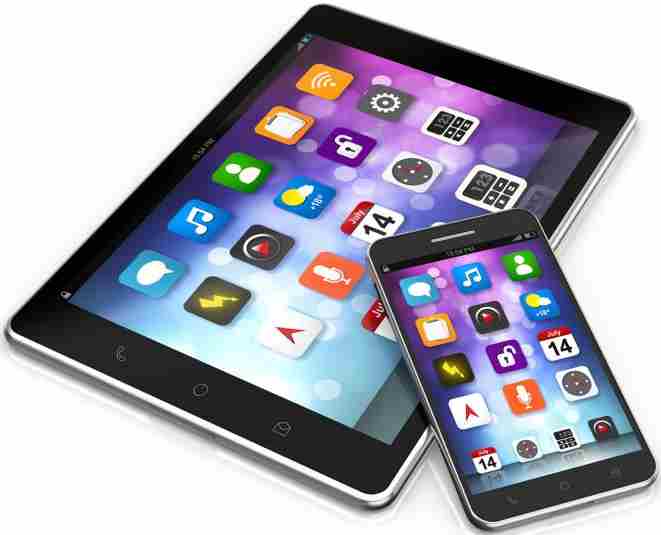 Secure Data Transfer via Touch Surface (Datca): U.S. and European Patent Portfolio
Secure Data Transfer via Touch Surface (Datca): U.S. and European Patent Portfolio
There is an immediate and ongoing need to quickly and securely transfer data between devices – cell phone to PC or tablet, PC or tablet to cell phone – as well as transferring financial data for purchases and other transactions. The current options – LAN, RF, Wi-Fi, NFC, cable, memory card, email, etc. – all have limitations and drawbacks. What has been needed for some time is a secure method for quickly and safely transferring data – a system that is affordable, easy-to-use, and very importantly, one that a third-party cannot interdict.
This international portfolio addresses exactly that need by enabling two devices to quickly and securely transfer data between them using a capacitive touch surface to transfer the data. A device is placed on a capacitive surface such as the screen of a tablet and the two devices exchange identities via negative electric signals. Once the identities are confirmed, and the data to be transferred is defined, the data is transferred safely and quickly, and totally secure from intrusion by any third party – unlike LAN, Wi-Fi, email, or other data transfer methods that are not nearly as secure – nor as fast and easy-to-use. Financial information can be transferred for credit and debit card transactions using this technology. The latest patent in the portfolio consists of an electronic pencil that includes sensors so it goes one step farther by enabling data communication between a stylus and a tablet or other smart device.
Patent Portfolio
- U.S. Patent No. 9,939,886: Data communication method via touch surface
- U.S. Patent No. 10,599,876: Data communication method between a stylus and a tablet computer
- European Patent 2715484: Apparatus for controlling a land vehicle for self-operated self-operation or partial
- U.S. Patent Application 20180197506: Data communication method via touch surface
This portfolio would be a strategic acquisition for any tablet manufacturer looking to create an added-value feature for its products and for any supplier of point-of-sale equipment that is prepared to introduce a faster and more secure cell phone-to-POS payment system.
 Improved Pairing and Data Transfer between Electronic Devices (Chen): U.S. Patent No. 9,949,124
Improved Pairing and Data Transfer between Electronic Devices (Chen): U.S. Patent No. 9,949,124
One of the most demanding technical challenges in the IP sector is data transfer between two electronic devices – PCs, tablets, watches, computer processors and wireless units. No PC or telecommunications devices or systems can operate reliably or efficiently without data transfer because it is the base and prerequisite for all of the functions that must occur between devices. All designers and manufacturers of computing technology invest considerable time and resources developing faster and easier pairing methods with the goal of providing a better user experience.
U.S. Patent No. 9,949,124 for a "Method and Device for Authenticating Wireless Pairing and/or Data Transfer Between Two Or More Electronic Devices" discloses an easier and faster-than-ever method for user-initiated OR non-user-initiated pairing of electronic devices based on motion input such as visual cues or motion captured by a camera. This patented invention provides a solution that can be broadly applied across different technologies. Applications for this technology include computer hardware and software, Internet-of-Things and Smart Home, consumer electronics, mobile and wireless technologies, data transfer and networking, mobile payments, mobile gaming, and augmented reality and virtual reality. This patent would be an ideal acquisition for a large-scale technology company to improve the user experience for its customers, or for a smaller or start-up technology enterprise that is prepared to acquire new and better pairing technology that will give the company a distinct competitive edge!
 Protection against Viruses, Worms and Other Malicious Programs (Barhon): U.S. Patent No. 9,213,836
Protection against Viruses, Worms and Other Malicious Programs (Barhon): U.S. Patent No. 9,213,836
Having anti-virus protection on your PC or network makes sense and they are generally effective. But what about supplementing that protection with foundational protection from malicious programs that is resident on your PC? This patent creates an anti-virus, anti-worm, anti-malicious program defense that prevents damage to computer files by segregating the programs. This patent describes (a.) a processor, (b.) a monitoring system that conducts statistical analyses of various events in the computer to define normal behavior from which it can identify deviations from the normal behavior, (c.) a storage device, (d.) a security rules database that stores statistics of normal behavior, and (e.) a user interface that warns the user of perceived dangers. Virtual sharing of files is done when explicitly allowed by the user. When an attempt is made to change a shared resource, it is given the illusion that it has accessed it, but in reality it is redirected to a separate private sub-directory.
U.S. Patent No. 9,213,836 for a "System and Method for Comprehensive Protection for Computers against Malicious Programs that May Steal Information and/or Cause Damages" has a 2000 Priority Date. It would be a strategic acquisition for any software developer or PC OEM.
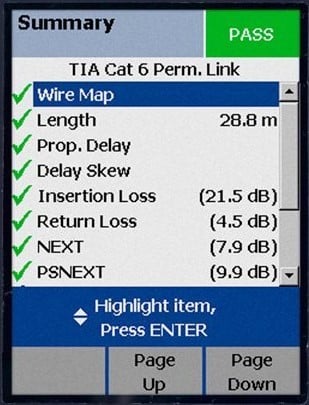 Smart Device-Enabled Electronic Testing Equipment: U.S. Patent 9,575,091
Smart Device-Enabled Electronic Testing Equipment: U.S. Patent 9,575,091
The challenge in conducting testing of lighting and other electrical components is tracking and recording the test results. Just seeing the results on the small screen of the actual testing device means that the user has to stop and manually record everything – or try to remember what the reading was. The invention covered by this patent solves that problem by creating multiple testing devices – clamp testers, multimeters, meghometers, light fixture testers, and others – that interface with a smart phone, PC, tablet or other device so the test results are displayed on the screen. Once displayed, the test results can be recorded, analyzed or transmitted to a third party. Users of this technology include electrical contractors, building and fire code inspectors, maintenance personnel, and home and business owners.
U.S. Patent No. 9,575,091 for a "Testing Device for Electrical Safety Using Wireless Communication" has 19 Claims, so it is a robust property. It would be a critical acquisition for any manufacturer of electrical testing equipment that wants to offer value-added features to its current product line. Software could easily be developed that would interpret test results once they are received by the smart device. Extensive Evidence-of-Use is available upon request.
Personal Monitoring System (Owens): U.S. Patent No. 9,467,521 "System and Computer Implemented Method of Personal Monitoring"
What happens to a person's electronic life if he or she goes missing, or becomes incapacitated? Or dies? Are there files and information that a person would want to automatically share with others? And other files that person might want to have automatically deleted? There are help devices in the marketplace, but who would alert loved ones? Are there employees or loved ones for whom "proof of life" needs to be determined and actions need to be taken?
The invention covered by this patent addresses all of those scenarios by:
- Monitoring a user's PC, smart phone and other devices to determine if the user is engaged in the digital world (e-commerce, social media, email and other online activities)
- Enabling "reverse notification" wherein the user responds to a request for "proof of life" by pressing a key, entering a PIN, a biometric scan and other methods
- Performing a set of predetermined actions after a set amount of time has elapsed with no activity
- Allowing a proxy to be assigned and notified before any actions are taken should the user be hospitalized, on vacation or otherwise incommunicado
- Enabling the user to extend the initial period of time based on the circumstances
U.S. Patent No. 9,467,521 for a "System and Computer Implemented Method of Personal Monitoring"fills the need for technology to monitor on-line user accounts and other electronic/digital properties in the absence, incapacitation or death of the user. The technology covered by this patent provides a robust, efficient and comprehensive solution for managing and protecting users and their personal information. This patent would be a strategic acquisition for cellular service providers, smartphone OEMS and app providers, social network/on-line service providers, and designers of software/products in the areas of medicine, emergency services, security/intelligence, communications, transportation, finance, etc.
 Enhanced Universal Serious Bus (Vetra): Six U.S. Patents
Enhanced Universal Serious Bus (Vetra): Six U.S. Patents
There are several problems with existing USB technology that this portfolio addresses. These problems include a tight timing specification standard that puts a limit on devices that are more than 30 meters from the host, and conflicts when multiple devices are connected simultaneously.
This portfolio covers technology that addresses these issues and provides several advantages:
- Enhancements in connection separation length between USB-compliant device and USB host.
- Unique USB KVM products that truly enumerate devices, in contrast with prevalent industry practice in only emulating the devices
- Innovative KVM switches that support advanced keyboard and mouse features (such as mouse side-scrolling)
- Permitting the full use of the devices such as USB touch screens, including multi-touch.
- Works with standard hosts, hubs and devices. Requires no change or modification to USB hosts, hubs, or to USB-compliant devices.
| Patent No. | Description |
| 7,246,189 | Method and apparatus for enhancing universal serial bus |
| 7,299,309 | Method and apparatus for protocol and code converter |
| 7,797,474 | Method and apparatus for enhancing universal serial bus applications |
| 7,949,816 | Method and apparatus for enhancing universal serial bus applications |
| 8,161,220 | Method and apparatus for enhancing universal serial bus applications |
| 8,566,497 | Method and apparatus for enhancing universal serial bus application |
This portfolio would be of technical and financial benefit – both offensively and defensively – for manufacturers of USB devices, KVM switches, multiplexers, broadcasting equipment, PCs, ICs, control systems, gaming products and medical devices, as well as businesses that manage data servers and server farms.
Patent Brokerage Prospectus: Contact [email protected] to receive an analysis of each portfolio that includes:
- Executive Summary
- Patent Overview and History
- Technology and Investment Summary
- Market Research
- Company Analysis
- Illustrative Evidence of Use (if applicable)
We offer patents in these technologies:
- Agricultural
- Artificial Intelligence
- Automotive/Vehicular
- Aviation
- Banking/Financial Services
- Beverages/Foods/Nutritional Products
- Boat and Marine
- Cannabis and Medical Marijuana
- Construction/Building Trades
- Consumer Electronics
- Consumer Products
- Digital Currency/Cryptocurrency
- Drones/UAVs
- E-Cigarette & Vaping Technology
- E-Commerce
- Education & Training
- Energy/Power Generation
- Health and Beauty Products (HBP)
- IoT Patents/Internet of Things
- Manufacturing
- Medical Electronics and Devices
- Mining/Drilling
- Mobile/Wireless
- Network/Location-Based Services
- Optics/Displays/Video/LED
- OTT Patents/Over-the-Top
- Packaging
- PCs and Notebooks
- Pharmaceuticals
- Robotics/Automation
- Semiconductor
- Shoe & Apparel
- Smart Home/Smart Office
- Social Media
- Software, Apps, and Architecture
- Sports/Sporting Goods
- Telecommunications/IP Telephony
- Warehousing/Material Handling
- Other
- Go to Patent Index
- Return to Patent MarketPlace

